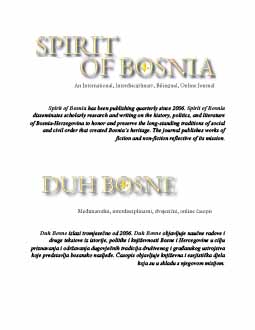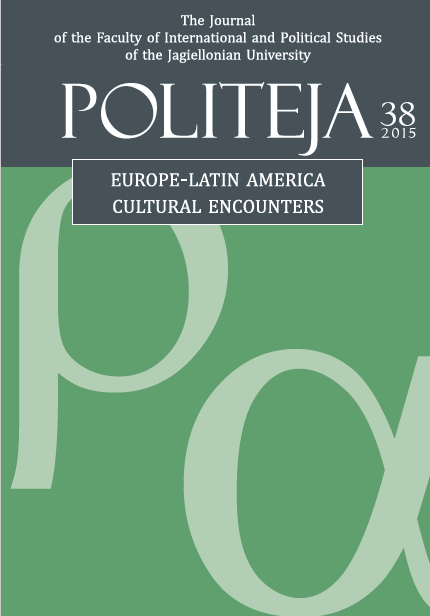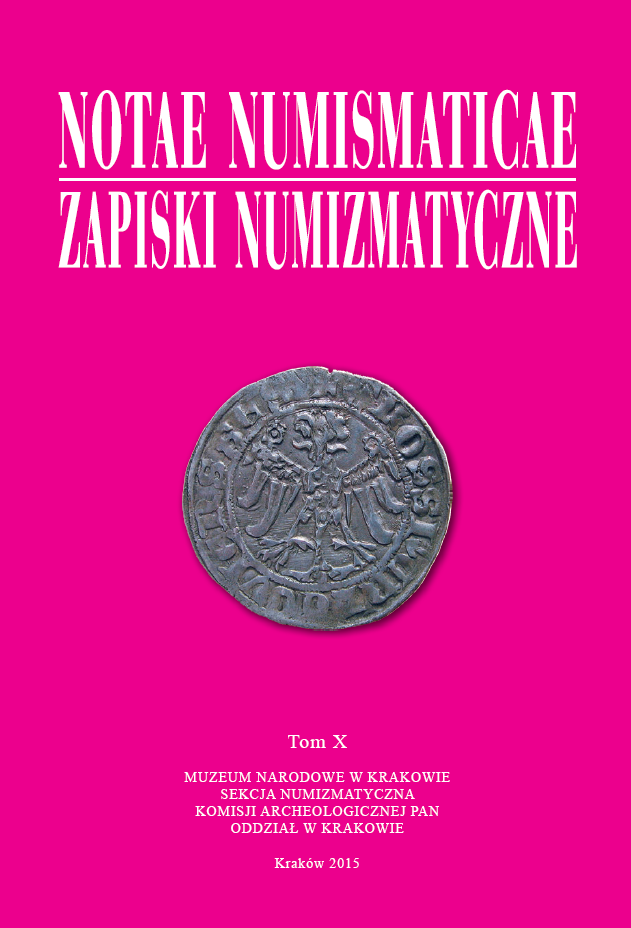
We kindly inform you that, as long as the subject affiliation of our 300.000+ articles is in progress, you might get unsufficient or no results on your third level or second level search. In this case, please broaden your search criteria.






The Moche culture (A.D. 200‑800) has left one of the richest iconographies in the history of ancient Andean civilizations. Due to the lack of written sources for the pre‑Hispanic period of Andean South America, the first information about the religious beliefs and rituals of the people from the north coast came from early colonial time. These written sources provide revealing information about the concept of the principal god and even a supreme creator in the Moche pantheon, named Ai Apaec in muchic or yunga language. Actually, the understanding of Moche religion is based not only on the historical perspectives but also on information produced during the extensive study of its iconography. Despite the numerous studies about the Moche pantheon of gods and goddesses, the problem of number and identity of the deities still poses innumerable questions and obstacles. This article offers a reassessment of the character of symbolic organization of Moche religion, based on iconographic analysis of the famous portrait vessels (huacos retrato) from the collection of the Larco Museum in Lima, Peru.
More...
The aim of this paper is to present civil and religious festivals, as well as theatrical representations, performed in the sixteenth‑century New Spain, as examples of the convergence of elements introduced by the Spaniards and those already existing in the indigenous culture. Taking as a starting point a schematic presentation of such activities as dances, song performances, jugglers’ shows, mock battles and evangelization theater, our objective is to signal that due to the presence of certain pre‑Hispanic patrons for all these endeavors it is risky to qualify the indigenous contribution as superficial and limit it to the audiovisual elements. The issue is much more complex and the adoption of the native perspective, apart from that of the Spaniards, may reveal the profundity of the convergence of features proper to the Old and New World and help to unveil the perception and reception of the sixteenth‑century Mexican performances by its native inhabitants.
More...

The extensive corpus of colonial Nahuatl texts lights on almost every sphere of colonial life and cross‑cultural interactions between the Europeans/Spaniards and the indigenous world. This corpus contains rich language data related to contact‑induced change that reveal a simultaneous, prolonged use of neologisms and loanwords, a widespread “Nahuatlization” of foreign terms as well as adoption of Spanish ideas and cultural stereotypes. The linguistic phenomena discussed in the present paper focus on lexical change, neologization, meaning change, borrowing and the creation of calques. These language innovations reveal the nuances of the complex process of cross‑cultural translation, the receptivity of European influence, the domestication of the new and the survival of traditional language resources.
More...
This paper shows the results of the research on how Nahuatl words with geographical referents were dealt with in the Diccionario de Autoridades. The study also attempts to assess the degree of integration of these words into eighteenth‑century Spanish and whether they correspond with definitions present in the first academic work.
More...






The new Latin American economic, political and social conditions as well as the greater weight of migration ininternational context make for the fact that it has become essential for governments to politically and sociallyaddress the issues, as current migration dynamics is increasingly visible. It is necessary that public policies and national, bilateral and multilateral measures are based on the integration between the countries of the region and adjusted to the new Latin American realities. This paper explores migration policies of the Andean Community atthe start of the new millennium. The paper addresses the main agreements and legal instruments thateach of the Andean countries has developed.
More...

